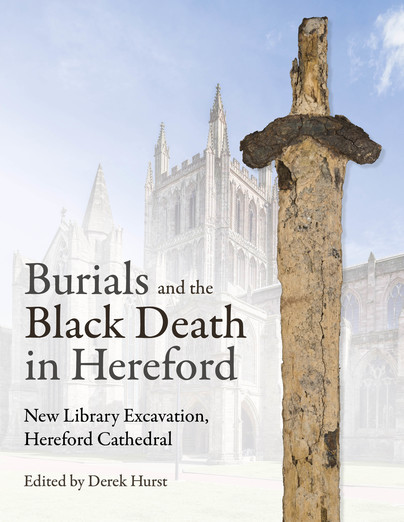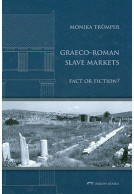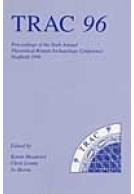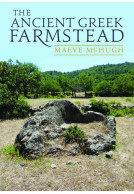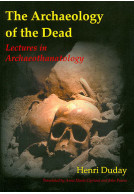Google Books previews are unavailable because you have chosen to turn off third party cookies for enhanced content. Visit our cookies page to review your cookie settings.
Burials and the Black Death in Hereford (Hardback)
New Library Excavation, Hereford Cathedral
Imprint: Oxbow Books
Pages: 352
Illustrations: B/w and colour
ISBN: 9781789258684
Published: 31st March 2026
Script Academic & Professional
Pages: 352
Illustrations: B/w and colour
ISBN: 9781789258684
Published: 31st March 2026
Script Academic & Professional
You'll be £32.00 closer to your next £10.00 credit when you purchase Burials and the Black Death in Hereford. What's this?
+£4.99 UK Delivery or free UK delivery if order is over £40
(click here for international delivery rates)
Need a currency converter? Check XE.com for live rates
(click here for international delivery rates)
Need a currency converter? Check XE.com for live rates
Excavation at Hereford Cathedral took place in 1993, prior to the construction of the Mappa Mundi Museum and new archive library. This revealed extensive remains, some potentially dating back to the 7th/8th century, including timber-built buildings and a late Saxon cemetery. Around the year 1000, major change saw a roadway installed and a new, very substantial building erected, the latter possibly the bishop’s residence at the time. Its occupation ceased in the mid-11th century, the cellar being converted into a cesspit, where a late Saxon sword was discovered. The Welsh ransacking of Hereford in 1055 probably accounts for this drastic decline.
Subsequently a large gravel/sand quarry was excavated, thought to signify the construction of the Norman cathedral. Backfill to the quarry included a very large quantity of charnel (up to 5000 people), some dating to the later 8th/9th century. Strangely, towards the end of the charnel deposition, a few contemporary burials were also incorporated, some being irregular in their layout and so possibly signifying a major cataclysm, such as famine.
Thereafter, the site was given over to a cemetery from c. 1140 onwards, and excavation of over 1000 burials has provided a full cross-section of the medieval population. Almost 200 individuals were associated with three pits. These are considered to date from the first outbreak of plague in Hereford in 1349, notoriously the ‘Black Death’, and such mass graves would echo similar responses elsewhere, both in the UK and Europe-wide. The site has contributed to an international study, using aDNA analysis, to successfully identify the presence of Yersinia pestis, and so demonstrate its agency in this catastrophe.
In addition to detailed reporting on some notable individual artefacts, there is a thorough study of the human remains, while the interpretation of the entire stratigraphic sequence is underpinned by extensive radiocarbon dating and chronological modelling.
Other titles in Oxbow Books...







